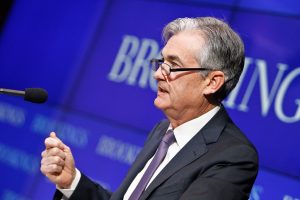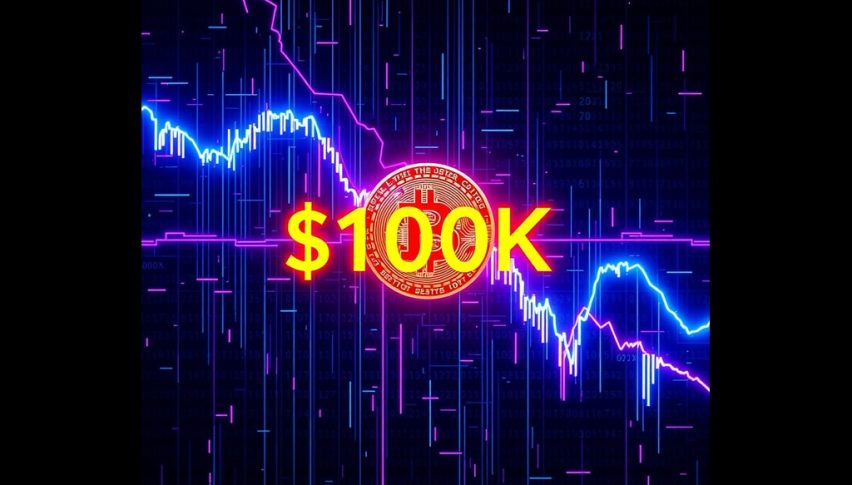Markets Bet Big on September Rate Cut After Powell’s Dovish Speech
Jerome Powell, the chair of the Federal Reserve, made it clear to markets in his Jackson Hole speech that the risks have shifted

Quick overview
- Jerome Powell indicated that the Federal Reserve may implement rate cuts as early as September, leading to a surge in equity markets and increased expectations for a rate cut.
- Despite inflation remaining above the Fed's target, Powell noted a significant drop from pandemic peaks and highlighted the cooling of housing inflation and downward trend in services inflation.
- Powell expressed caution regarding the labor market, noting a slowdown in payroll growth and potential risks of increased layoffs if demand continues to decline.
- Tariffs were a key focus in Powell's speech, with an emphasis on their impact on prices and supply chains, while suggesting that price increases linked to tariffs are likely a one-time adjustment.
Jerome Powell, the chair of the Federal Reserve, made it clear to markets in his Jackson Hole speech that the risks have shifted and that rate cuts are likely as early as the September meeting. The dovish tone caused equity markets to soar, and futures linked to the Fed funds rate also jumped. Traders now see a 91 percent chance of a September cut, up from 72 percent just before Powell’s speech. The market seemed to interpret that, while the Fed may still be “data dependent,” the threshold for acting has been lowered.

Powell focused his comments on the unusual economic crosscurrents facing the U.S. economy. Although inflation remains above the Fed’s 2 percent target, it has dropped significantly from its pandemic peak. Powell emphasized that while housing inflation continues to cool, services inflation is trending downward.
The latest data showed July PCE at 2.6 percent overall and 2.9 percent core, both slightly higher than June. However, Powell acknowledged that tariffs now play a noticeable role in rising prices for goods, and their effects will build over the coming months. The key difference compared to his July 30 press conference was that he now described these tariff impacts as mainly a one-time adjustment rather than the start of a sustained inflation cycle.
Powell adopted a cautious yet optimistic tone when discussing the labor market, another major focus. He pointed out that payroll growth has slowed significantly over the past three months, from 168,000 jobs in 2024 to just 35,000 per month. This slowdown, compounded by downward revisions to earlier data, highlights growing risks.
Yet, Powell noted that other indicators such as job vacancies, quits, and wage growth have only eased slightly, and unemployment at 4.2 percent remains low by historical standards. He described the labor market as being in a “curious balance,” with both the supply and demand for workers decreasing simultaneously. He warned that if demand continues to decline, this unique dynamic could lead to a sharp increase in layoffs.
The market’s confidence that the Fed is ready to act to protect employment was bolstered by this acknowledgment of increasing employment risks.
Across his speech, tariffs were a recurring theme. Powell emphasized how rising trade barriers are reshaping supply chains, increasing prices for goods, and altering the global trading system. He explained that the pass-through effect is still unfolding, with its timing and scope uncertain. Importantly, he stated that the prevailing assumption remains that price increases linked to tariffs are a one-time adjustment rather than an ongoing inflation trend.
He did admit, however, that there is a real risk of wage-price dynamics or inflation expectations drifting, which warrants close monitoring. This more cautious view reassured investors that the Fed is unlikely to overreact to tariff-related price hikes, contrasting with earlier warnings in July that tariffs could entrench inflation if companies used them as cover for raising prices
- Check out our free forex signals
- Follow the top economic events on FX Leaders economic calendar
- Trade better, discover more Forex Trading Strategies
- Open a FREE Trading Account


